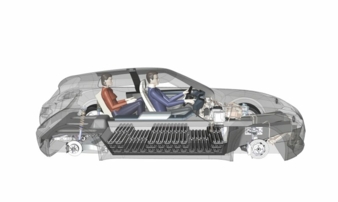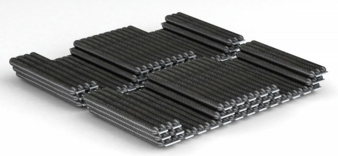06/05/2020 – Innovative hydrogen pressure storage systems for existing vehicle architectures — auf Deutsch lesen
ILK at TU Dresden: The BRYSON Project
The Institute of Lightweight Engineering and Polymer Technology at the TU Dresden makes a significant contribution to making road traffic emission-free in the long term.
At the start of the "Decade of Hydrogen" announced by the Hydrogen Council at the beginning of 2020, the Institute of Lightweight Engineering and Polymer Technology (ILK) at the TU Dresden is making a significant contribution to making road traffic emission-free in the long term through its participation in the BRYSON project (BauRaumeffiziente HYdrogenSpeicher Optimierter Nutzbarkeit), funded by the Federal Ministry for Economic Affairs and Energy.
The aim of the project consortium, consisting of BMW AG, ILK, Leichtbauzentrum Sachsen GmbH, WELA Handelsgesellschaft mbH and Munich University of Applied Sciences, is to develop new types of hydrogen pressure storage systems. The idea is to design them in such a way that they can be embedded in universal vehicle architectures.
The project therefore focuses on the development of tank systems in flat design.
To this end, ILK is working in close cooperation with Leichtbauzentrum Sachsen GmbH and herone GmbH to develop chained tubular storage tanks manufactured from semi-finished thermoplastic fibre composite products using braiding processes. The use of highly productive braiding technology will be helpful in reducing the manufacturing costs of hydrogen tanks for fuel cell vehicles and in improving competitiveness compared to battery-driven electric vehicles.
The use of semi-finished thermoplastics also allows easy recycling of the tank structures, further improving the overall environmental performance of the Dresden approach.





